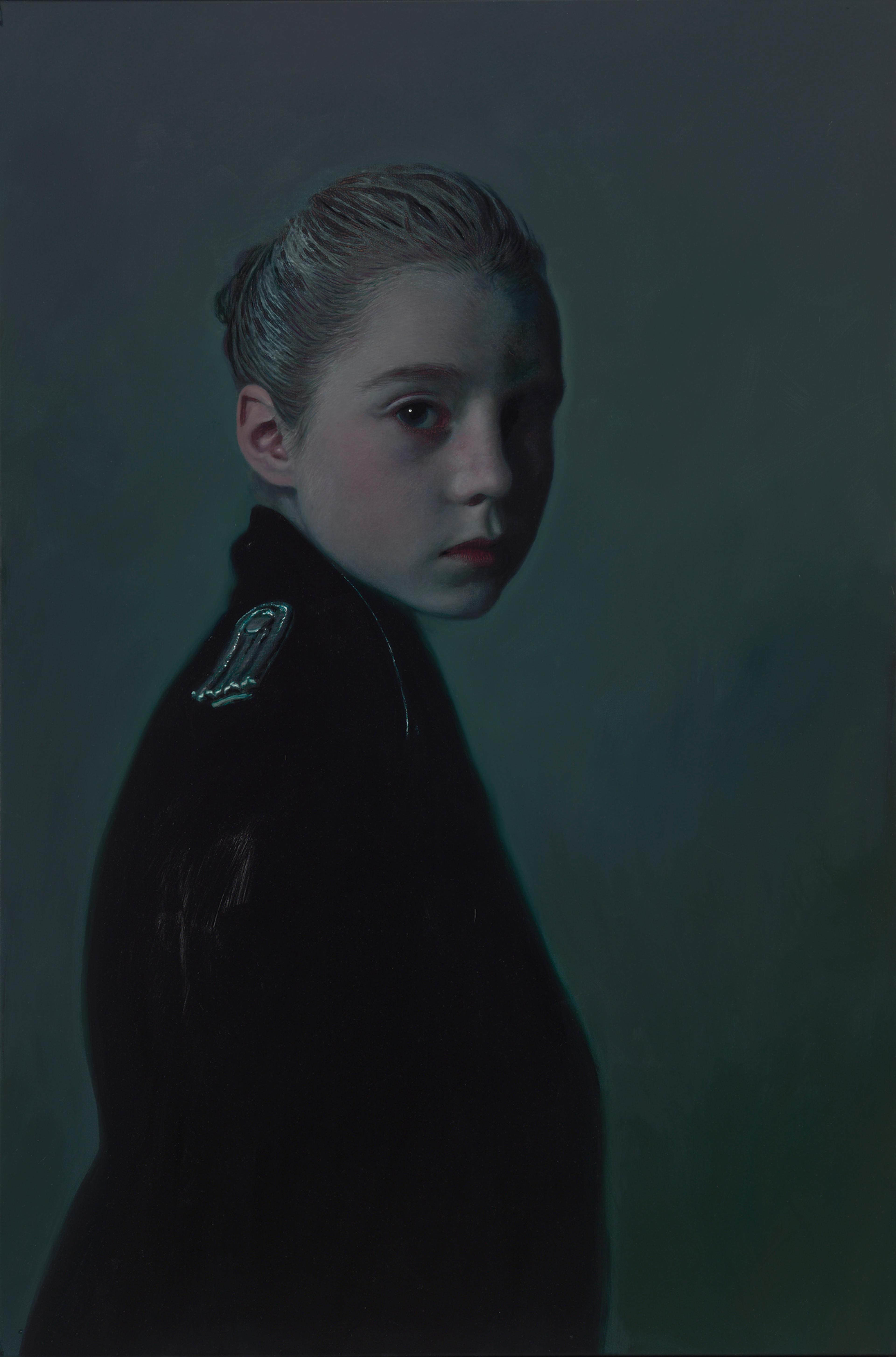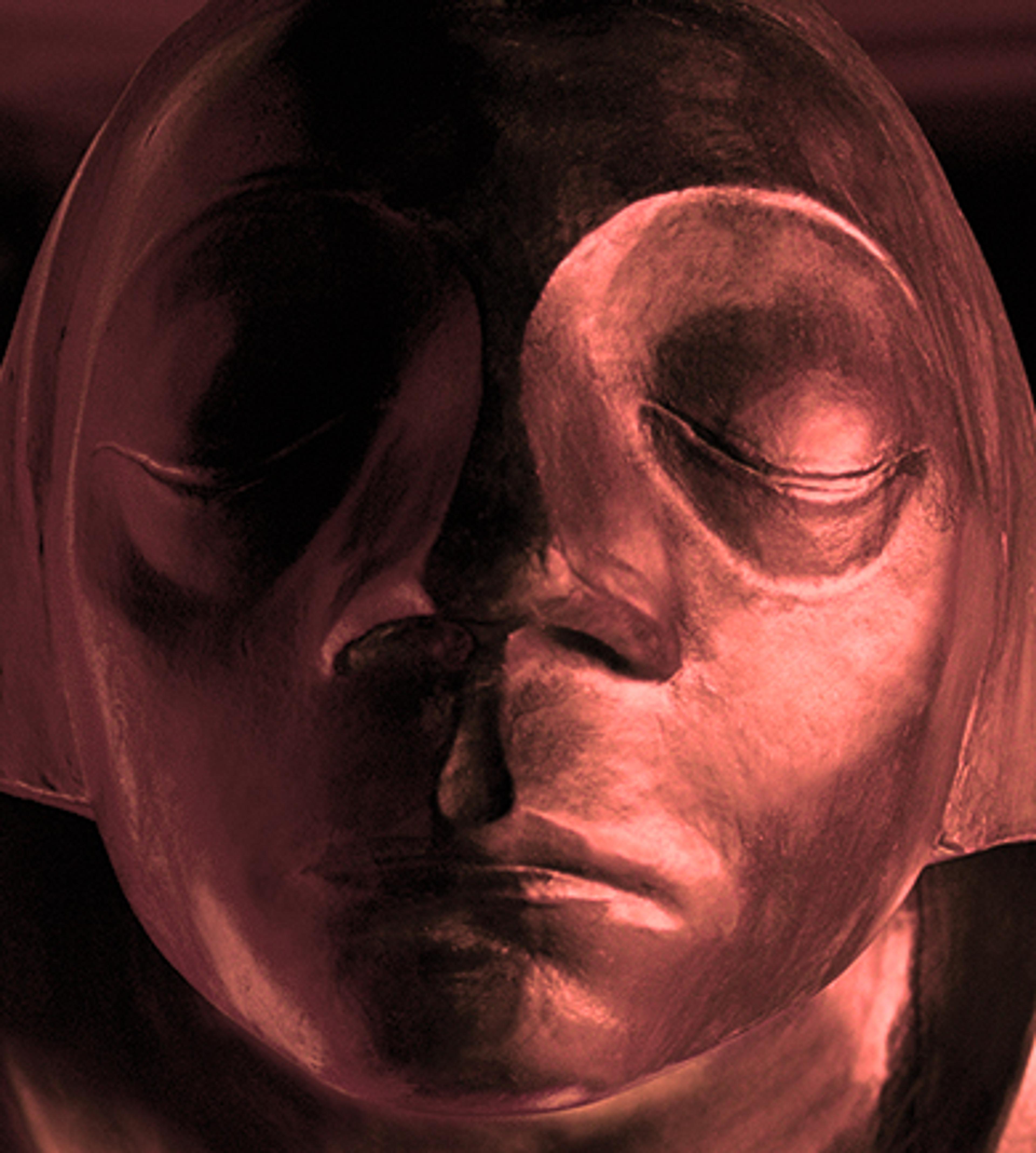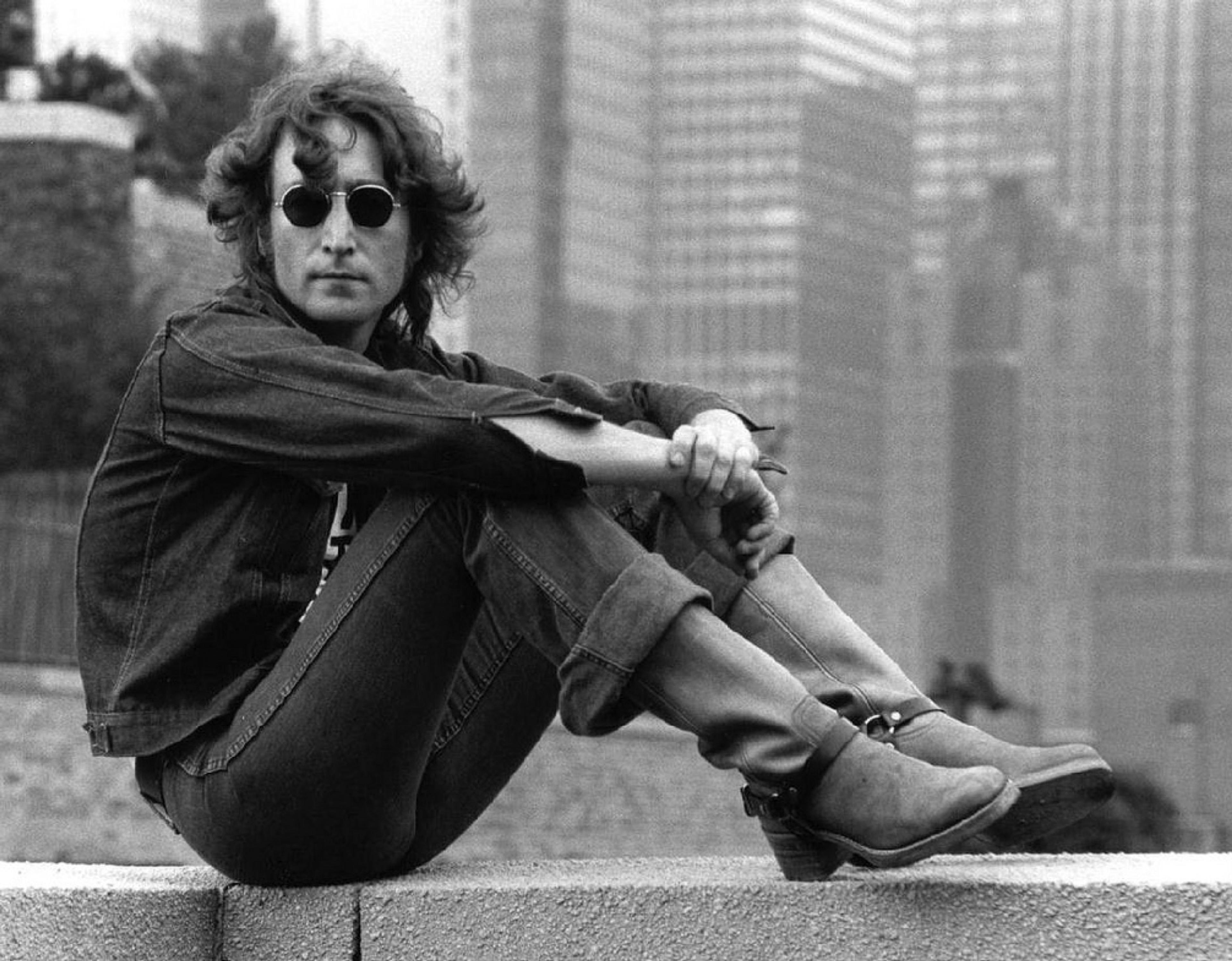
19.11.2017 - 08.04.2018
Gottfried Helnwein The Child
Helnwein's artistic interventions are of a painful immediacy whose emotional energy is aesthetically condensed.
Barlach Art Museum Wedel
Born in Vienna in 1948 as the son of a civil servant, Gottfried Helnwein is one of the world's best-known, but also one of the most controversial contemporary Austrian artists. His exhibitions achieve record attendance.
In his work Gottfried Helnwein deals predominantly with the themes of pain, injury and violence. These affect body and psyche in equal measure.
With the image of the "maltreated child" (Gorsen), Helnwein questions the pictorial notions of children that have become dear to us, and in this context speaks of the increasing traumatization of children worldwide through war, injury, abuse, and neglect.
From the earliest cave drawings to Christian images of martyrs and modern war photography, Western art history reveals itself to be a visual culture of violence. And so the theme of violence and sacrifice continues in the 20th century from Beckmann's early works through Francis Bacon to the present day. With Bruce Naumann, Jeff Wall, and Gottfried Helnwein, the artistic means change, but not the theme itself. Helnwein is one of the most uncompromising contemporary artists. In his work, the triviality of comics, manga drawings, and Disney culture alternates with the doomsday visions of the soul, contrasting the divinity of the child with the horror images of abuse and wounding.
In many cases, the gentle faces of children are horribly disfigured by injuries. Blood, scars, stigmata, bandages. The sight is sometimes hardly bearable. But what does that mean compared to the pain, agony and torture suffered daily by many millions of children?
Gottfried Helnwein does not denounce children - the most common misunderstanding used to defend against his art - but he attacks our tendency to close our eyes to the suffering of others. Helnwein has lifted children's suffering from the personal to the universal, exposing our blindness, our callousness, our addiction to a perfect world and our fear of reality as profoundly immoral.
Struck and disturbed by the vehemence of the sudden appearance of images, we witness how things and figures that seemingly have nothing to do with each other are nevertheless connected in his paintings. In the moment of shock before the striking truth, we realize what holds the whole thing together: the violence and the evil. Evil paradoxically imprisons humanity to the extent that it separates and threatens individuals. It is this dialectic that Helnwein condenses into an aesthetic of pain in his art. But this is what makes it relevant to today's viewer, what makes it significant in art history.
"People are outraged, offended, embarrassed, unsettled, confused, and feel threatened by a piece of canvas with a few milligrams of paint on it. They even know that what they see in my pictures is only fiction. And yet, on television they can watch wars, murders, torture, and deaths without having a problem with it. From a piece of canvas, on the other hand, they are thrown off course." (Helnwein)







